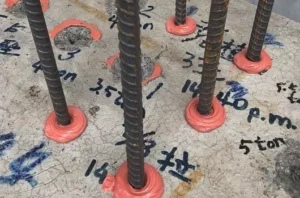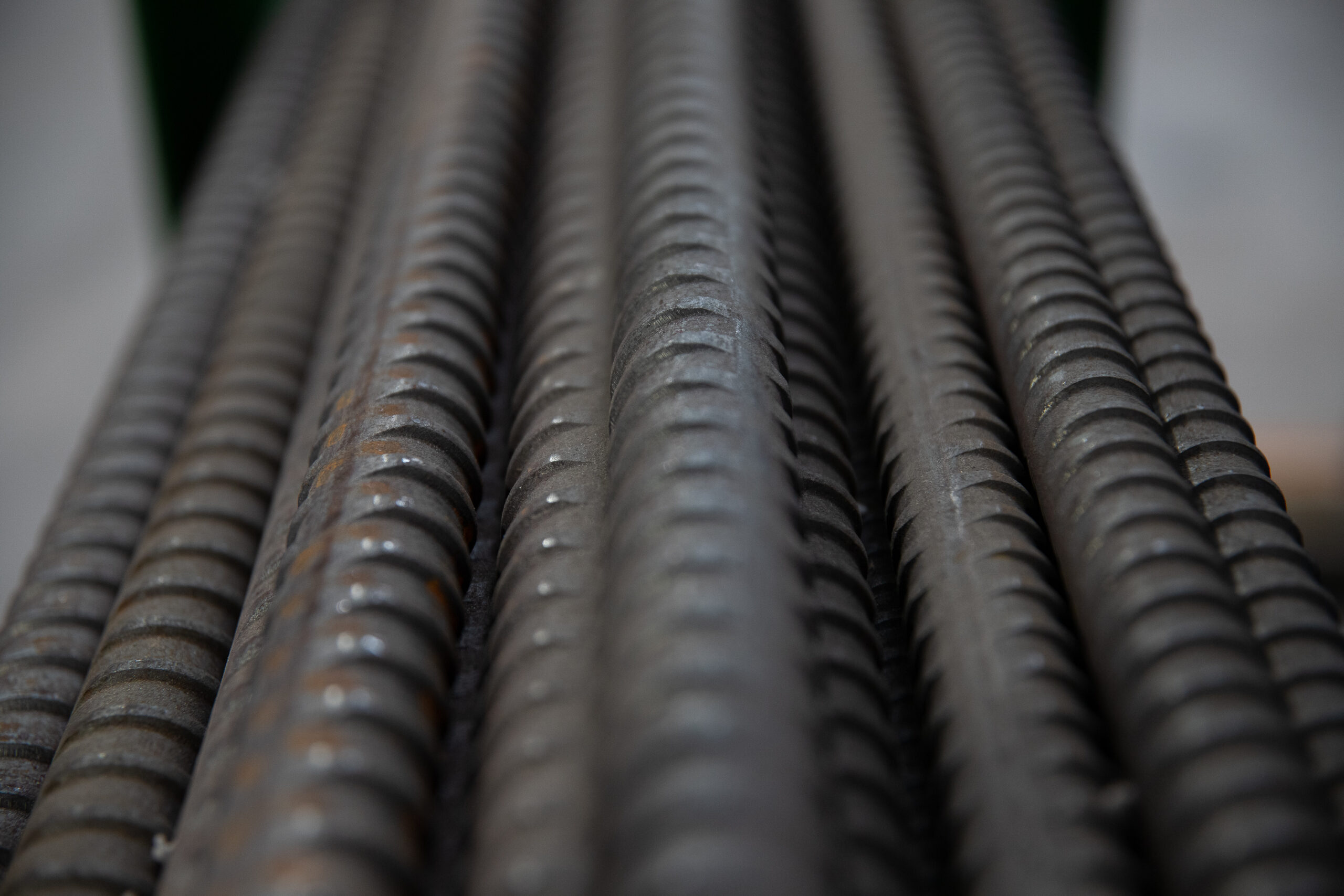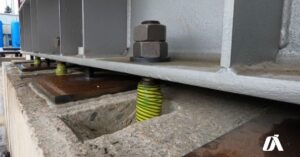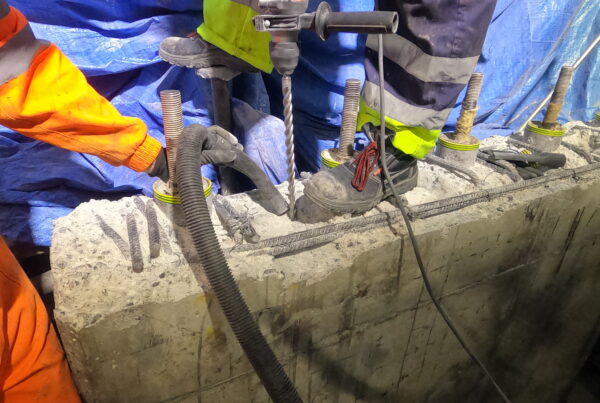When it comes to construction and structural stability, the choice between chemical anchoring and traditional anchor bolts plays a pivotal role. Both methods are employed to secure structures, but they differ significantly in their applications, installation processes, and overall effectiveness. Coming up, we will delve into the nuances of chemical anchoring and anchor bolts, shedding light on when and why one might be preferred over the other.
Chemical Anchoring: The Bonding Powerhouse

image source: gooduse.com.tw
At its core, chemical anchoring involves the use of specialised adhesives or resins to secure anchors within substrates like concrete. The process has the ability to distribute loads evenly and it is suitable for a range of base materials, including cracked concrete and masonry. The adhesive used, often an epoxy or polyester resin, creates a robust bond that can withstand significant tension and shear forces.
One of the primary advantages of chemical anchoring lies in its ability to reinforce weakened or compromised substrates. The adhesive not only securely attaches the anchor to the base material but also enhances the overall strength and integrity of the substrate itself. This makes chemical anchoring an ideal choice when dealing with fragile or aged surfaces.
However, the success of chemical anchoring is contingent on proper installation. Thorough cleaning and preparation of the substrate are essential to ensure optimal bonding. The curing time of the adhesive must also be diligently observed to guarantee the formation of a strong and durable bond.
Anchor Bolts: The Time-Tested Connection
Anchor bolts, on the other hand, represent a more traditional approach to securing structures. These bolts, typically made of steel, are physically inserted into pre-drilled holes in the concrete or masonry. The process involves tightening nuts onto the exposed threads, compressing the fixture against the base material and creating a secure connection.
The simplicity of anchor bolts is one of their major advantages. They are easy to install and require minimal specialised equipment. This makes them a popular choice for various applications, ranging from securing equipment to fastening structural elements.
However, the effectiveness of anchor bolts can be influenced by factors such as the quality of the concrete, the torque applied during installation, and the potential for corrosion. Additionally, anchor bolts may not be as well-suited for substrates with cracks or vulnerabilities, as they rely on the inherent strength of the base material.
Choosing the Right Method: Factors to Consider
The decision between chemical anchoring and anchor bolts hinges on several key factors, each crucial to the specific requirements of the project.
- Substrate Condition:
- Chemical Anchoring: Ideal for weakened or cracked substrates.
- Anchor Bolts: Well-suited for strong and stable substrates.
- Load Distribution:
- Chemical Anchoring: Distributes loads evenly, reducing stress on the substrate.
- Anchor Bolts: Effective for straightforward load-bearing applications.
- Installation Complexity:
- Chemical Anchoring: Requires meticulous cleaning and curing processes.
- Anchor Bolts: Simple installation with minimal specialised equipment.
- Versatility:
- Chemical Anchoring: Adaptable to various materials and conditions.
- Anchor Bolts: Versatile for standard applications on stable surfaces.
- Project Scale:
- Chemical Anchoring: Suited for both small-scale and large-scale projects.
- Anchor Bolts: Commonly used in projects of varying sizes.
Conclusion: Balancing Strength and Application
The choice between chemical anchoring and anchor bolts is not a one-size-fits-all decision. It requires a nuanced understanding of the specific project requirements, substrate conditions, and load-bearing expectations. While chemical anchoring excels in reinforcing weakened substrates and ensuring even load distribution, anchor bolts offer simplicity and reliability in stable environments.
Ultimately, the right choice depends on striking a balance between the strength required for the application and the compatibility with the prevailing conditions. By carefully considering these factors, construction professionals can make informed decisions, ensuring the longevity and stability of their structures.
As technology advances and construction methodologies evolve, the interplay between chemical anchoring and anchor bolts continues to shape the landscape of modern construction, unlocking new possibilities for innovative and resilient structures. For all your anchor bolts and chemical anchoring needs contact Alphatec Engineering today!




